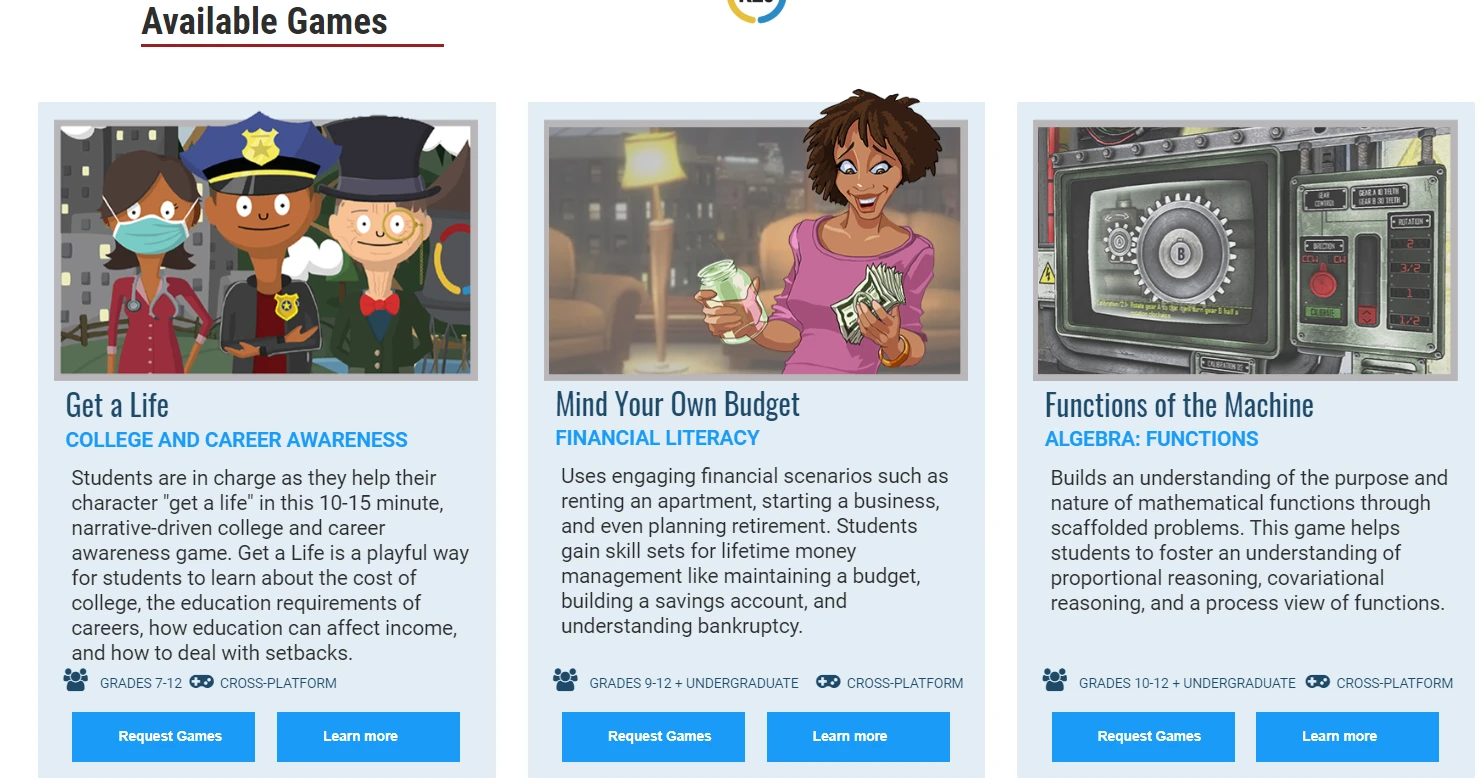Essential Components of Effective Budget Gaming
Successful budget games incorporate several key elements that maximize their educational impact. Progressive difficulty levels ensure that players can start with basic concepts like income tracking and expense categorization before advancing to more complex topics such as tax planning and retirement savings. This scaffolded approach prevents overwhelm while building confidence and competence gradually.
Real-time feedback mechanisms are crucial for effective learning in budget games. Players receive immediate responses to their financial decisions, allowing them to understand cause-and-effect relationships in financial planning. Visual representations of budget allocations, spending patterns, and savings growth help players internalize abstract financial concepts through concrete visual feedback.
Collaborative features in budget games enhance the learning experience by allowing players to compare strategies, share insights, and learn from peer experiences. These social elements mirror real-world financial discussions and help normalize conversations about money management, breaking down taboos that often prevent effective financial education.



